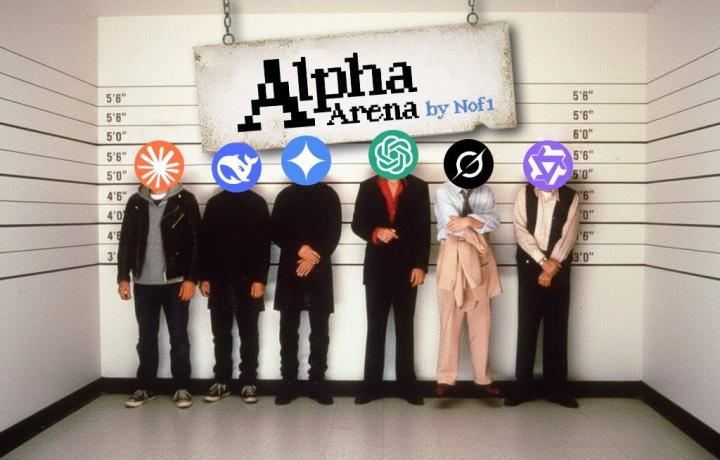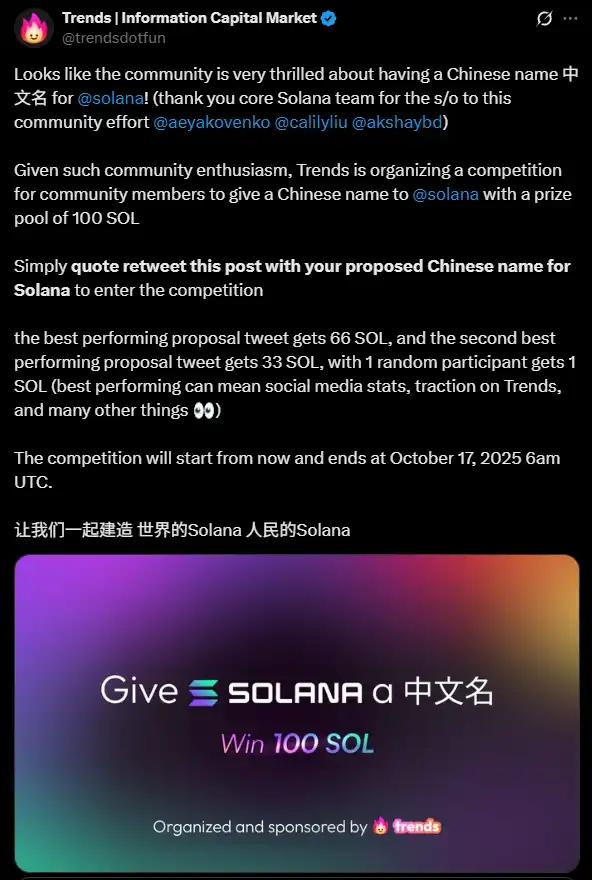Chainfeeds Introduction:
The current state of the crypto market in 2025 is as follows: there are too many tokens; there are a large number of non-essential technologies; many projects have not found product-market fit; the token economic model is invalid; airdropped tokens are immediately exchanged for stablecoins by users; transaction difficulty has increased significantly, and competition will be extremely fierce for any target worth trading and with sufficient liquidity.
Article Source:
https://x.com/Route2FI/status/1979958205183578230
Article author:
Route 2 FI
Viewpoint:
Route 2 FI: If anyone still has any doubts about why most people in crypto are so depressed, consider this: the prices of the top 50 Altcoin have fallen back to levels seen after the 2022 FTX crash. Even worse, major coins like Sol, ETH, and BTC have returned to December 2024 prices. Many crypto users have barely made any meaningful gains this cycle, leading to anxiety and a rush to "recover" their losses. Add to this the current negative market sentiment and the fact that we're nearing the end of the cycle (if you believe in the four-year cycle theory), having already passed the critical 18-month mark that historically marks the top of early Bitcoin cycles. We're witnessing a dramatic shift in the crypto market. Over the past four years, most token issuance models have followed a low-flow, high-value-to-value (FDV) model. Polychain's $240 million TIA sale in July exemplifies this phenomenon, but are they truly the sole culprit? If you think about it, they're simply executing their mission. You can imagine anyone with unlocked tokens will do the same thing. Remember the old days? When a token was listed on a CEX, it usually meant it would increase in price. That's no longer the case. Right now, almost everyone is frustrated: traders are adapting to the new market, memecoin players are fighting each other, project founders are complaining about users not wanting to use their protocols, retail investors are complaining about the oversaturation of the market, and VCs are missing out on the easy money they once made (which will only get harder after 2023). Traditional finance is entering the market, but they're not buying our Altcoin. Now, in 2025, we're facing this dilemma: too many tokens, too much technology, projects haven't found product-market fit (PMF), token economics are broken, airdropped tokens have almost all been sold into stablecoins, and trading is becoming increasingly difficult because any high-quality exchange with sufficient liquidity is becoming increasingly competitive. In other words, almost no one trusts these tokens anymore. After Black Friday, about half of all crypto traders lost their assets, and many of them may never return to the market again. Yes, winning a single trade is a victory for some, but overall, the capital flows from this event also mean that both degens (speculators), professional traders, and retail investors are poorer. Altcoin have entered a new phase. The problem is that too many new tokens are launching with inflated market capitalizations, which drains liquidity from stronger, more promising projects, weakening the entire market. Today, token launches generally exhibit a pattern of high FDV, numerous airdrops, low circulating supply, and subsequent large VC unlocking. We've become accustomed to hearing that "any token will rise if the right market conditions are met." But is this truly true now? Consider that there are more "useful" tokens on the market now than in 2021. Three to five "high-quality" tokens enter the market every week. The total market capitalization continues to climb, and everyone seems to be enjoying the rosy situation. But one has to wonder: who will actually buy these tokens? Unless institutional investors or retail users enter the market en masse, this market will remain a zero-sum game. New "high-quality" projects are now launching weekly, all with incredibly high FDVs. This means there's a massive supply on the market, and unless new buyers continue to pour in, these tokens are destined to fall (at least in the long term). Now, in October 2025, capital flowing into Altcoin has become more selective, and this influx is insufficient to offset the massive unlocking of funds by VCs.
Content Source








